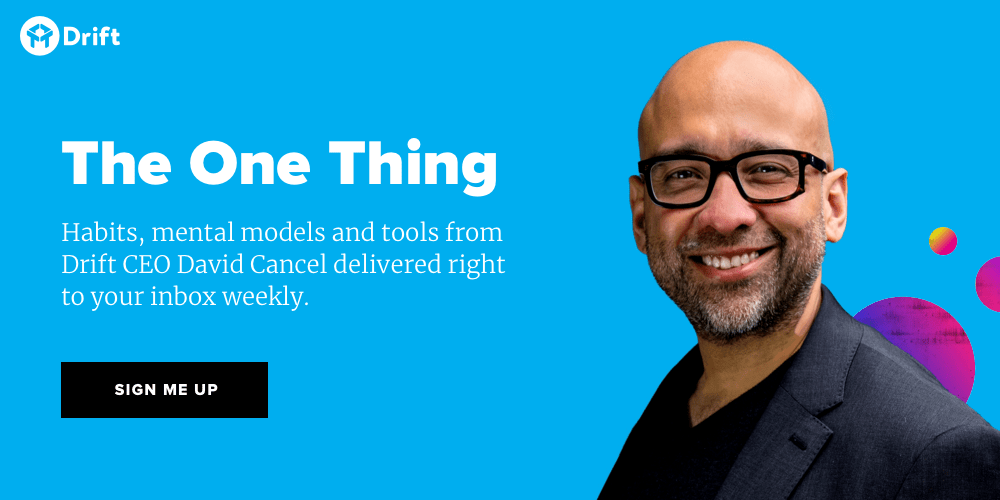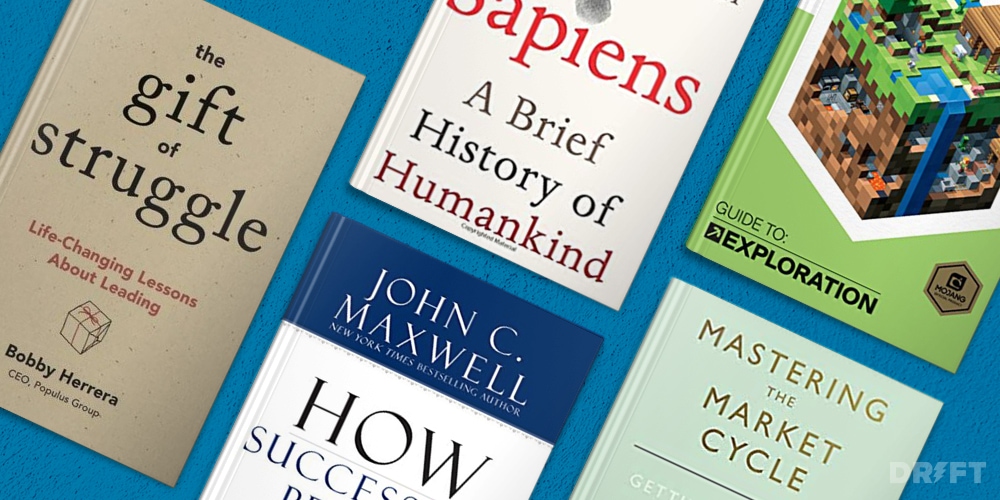
Editor’s Note: This article was first published by Inc. here.
I’ve been reading a lot about storytelling again because as the world shifts, so does the way companies need to talk about what outcome and experience they offer.
When I started Drift, my team and I thought about how we wanted to create a category and how we wanted to talk about conversational marketing.
We didn’t want to talk about software, websites, or widgets. We wanted to tell a story. So, we came up with an analogy about an empty store. We talked about people spending all of this money on advertising trying to get people into the store, and then when a customer gets there and wants to buy something, there’s no one around who will talk to them.
It made sense because we weren’t just talking about all of our great features. We were telling a story in a way that showcased the experience and outcome we knew our customers were looking for.
Right now, the only things people are going to buy fall into two camps: things that save money and things that generate revenue. So, companies need their stories to showcase the value people get out of a product. That is how companies will continue to win.
Here are a few things I’ve learned about crafting a story.
1. Play on the things that people are thinking (but might be too polite to say).
My company and I weren’t the first people to think that the process of B2B buying – going to a website, filling out a form, waiting for a response (if you get one at all) – was an awful experience. But we wanted to do more than just say it. We wanted to show it through storytelling. One that everyone would understand, even if they’re not in B2B. So that’s what we did with the “empty store” analogy. In your story, address a pain point that everyone has experienced and relate your solution back to them.
2. Identify your target audience and what they need, even if they don’t know it yet.
This was what Steve Jobs always got right. With the iPhone, he created something beautiful and convenient. Who doesn’t like beautiful and convenient things? He understood what people needed before they even did.
3. Be specific.
Claude C. Hopkins said, “Generalities roll off the human understanding like water off a duck’s back.” You won’t get people to pay attention if you simply say, “We generate money for our customers.” But if you say, “We have generated $5 billion for our customers,” that will get attention. It’s specific – it immediately shows your value and addresses a pain point.
4. Make it accessible.
Your story shouldn’t require any inside knowledge. It should be an analogy your grandmother would understand. While people might not know what conversational marketing is, or care about sales tactics, they understand how frustrating it would be to go into an empty store, with no employees and no merchandise. They understand how frustrating it is to be on a website and not be able to get the answers they need or buy what they want.
5. Anyone can tell a story.
You don’t need a fancy agency to tell a good story. While agencies can be great, you just need to tell the truth in a way that emotionally resonates with whom you’re telling it to. Start by thinking about something everyone can relate to, like walking into a store, or buying a car, and then work how your product or company solves similar pain points.
The best part about all of these tips is that they’re all rooted in one central thing: telling the truth. If you want to be successful right now and in the future, figure out what your story is.







